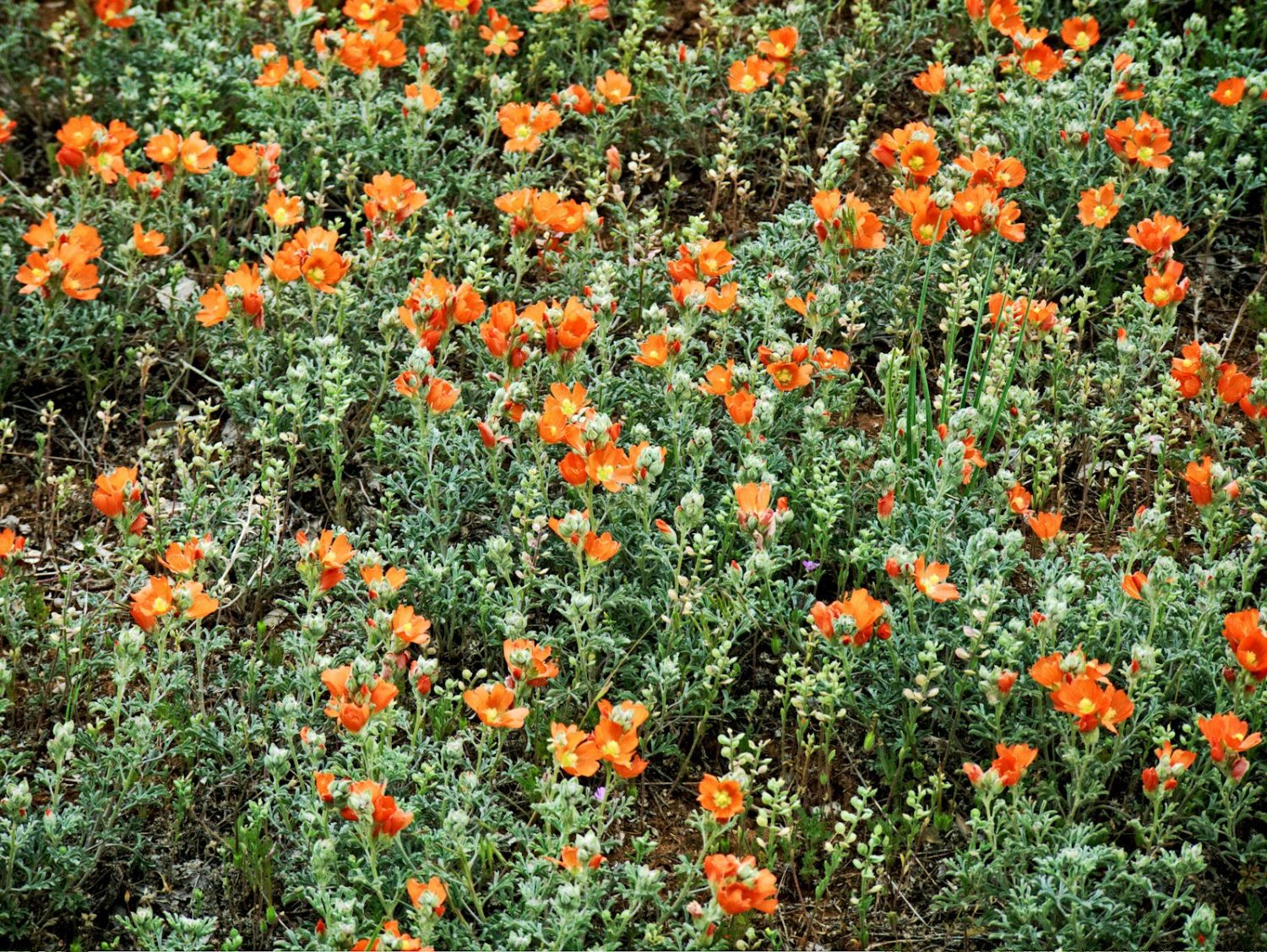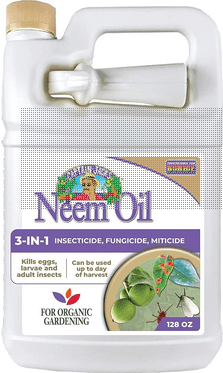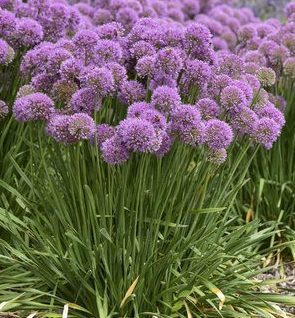Low-Maintenance Perennials for Year-Round Color
Creating a vibrant garden that stays beautiful through every season is easier than it sounds. The secret? Low-maintenance perennials. These plants return year after year with little effort, offering steady color and texture without constant replanting. Once you choose the right varieties and place them thoughtfully, your garden almost takes care of itself. Let’s explore … Read more



